
I’m writing this while drinking coffee. It’s in a big, old fashioned mug – brown glazed with a tiny chip on the handle – from the Hull Company. I found it second-hand in old Greenwich Village at a place that disappeared decades ago. The place was called Fishs Eddy, named after a small town in the Catskills, and they sold surplus china really cheap. You could get jade Fire King plates there for next to nothing in the 1980s. I liked the way that Fire King looked and thought I was the only person in the world who was into it. Shows you what I know. But I digress. It must be too much coffee that makes me so chatty. Or maybe not enough coffee.
I like my coffee strong with a lot of milk. Call me a heathen. I used to love it with a lot of sugar, as well, but finally dropped that small vice. On the Lower East Side, back in the day, I would just order it “light and sweet” and they knew what I meant. And I would usually get one of those cheap loaves of bread with butter, hot and flattened in the sandwich press – “Pan caliente con mantequilla.” Hot coffee with milk and sugar and hot, fresh bread dripping with butter or some reasonable facsimile. That was living large. And it was cheap. I’d walk out with the coffee and bread for a buck.

Coffee is woven through my life and my travels like few other things are. Friends and girlfriends come and go. Cars are sold and replaced. Good dogs die and new ones come along. My clothes change, the weather changes, the planet changes. Everything is in constant flux, but coffee and the need for a good cup remains. Those who know me know that I like my coffee. I also like my tea and my matcha, cola, water, juice and other beverages, but coffee holds a special place in my soul.
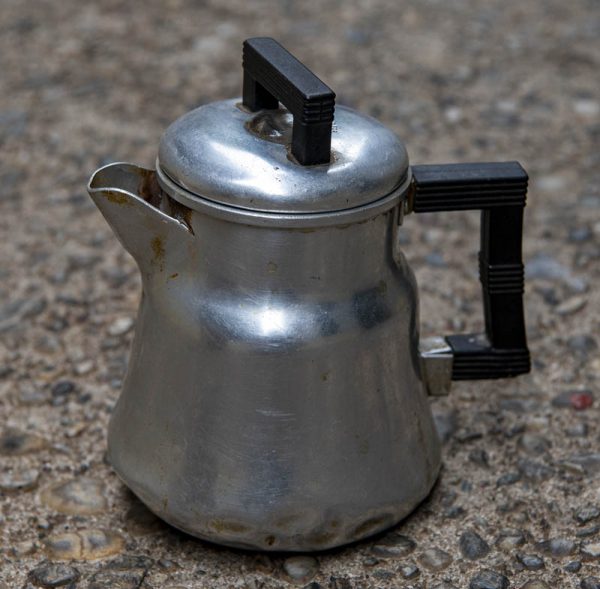
My mom first gave me coffee when I was around 4 years old. I remember the cup and I remember mixing in a lot of milk and sugar and then guzzling it down. I still guzzle it down, but I have cut out the sugar over the intervening decades. I was a high-energy kid to begin with, so I’m not sure why they gave me coffee, but I liked the taste. I drank it more for the taste than the effect at the time. We used a stovetop percolator then, but my parents eventually went to a Farberware electric percolator and never looked back.
I own a few stovetop percolators, most of them stainless steel, but a few have been in the family for more than 80 years. This collection includes the old, appropriately named “Wear-Ever” aluminum pots that I stopped using after the Great Aluminum Scare of the 1990s. I keep them as reminders of my beloved, dysfunctional family. Once I got into college, I began to understand the importance of coffee as a life tool. When I got my own place, in New York City, after graduation, I was a stovetop perk guy and took my coffee seriously.

I come from a long line of Greeks who, on special occasions, would pull out a dented metal thing I recently learned is called a “Briki.” I still have the ancient family one that has somehow survived my life up to this point. Greek Coffee is made by combining powder-fine ground coffee with water and letting it sit, then pouring the water off it slowly into a demitasse cup. This creates a special sludge on the bottom of the cup when you’re finished drinking it. On special occasions, my grandmother would divine the future by reading this sludge. I kid you not.
That Greek coffee is a direct link to the so-called “cowboy coffee” that I make when I’m out camping – an activity that has been way too absent from my life lately. Cowboy coffee is made by pouring boiling water into a pot with a healthy quantity of ground coffee, then letting it sit for a while. If you want to get fancy, you can sprinkle some cold water into the pot before you pour it off as a way make the grounds settle. Good cowboy coffee can be quite special, especially if you have a scenic view from the flap of your tent or sleeping bag.
My friend, Peggy, and I were camping near a pond in the Sheldon National Wildlife Refuge, in northern Nevada, one cool night back in 1999. We had a rental car and a cheap tent. When we woke up at dawn, the tent was covered in cold dew and I went outside to light up the crappy little camping stove and put on some water for cowboy coffee. I noticed an old step van that had pulled up the night before. It was close, but not too close to us. On the outside was painted, in faded old lettering, “Desert Research Institute.” As we were waiting for the water to boil, an old guy in a cowboy hat and boots came out the door, down the two steps, and walked over to us. In the glorious tradition of the west, he was carrying a dented old percolator, filled with hot coffee that he had made on the stovetop in his van. He offered us some and we happily took it.

He wanted to talk. He told us about his wife of 60 years who had died not long before, how he now owned this truck and was driving all over Nevada and camping. He told us how one his favorite campgrounds was Nevada’s Berlin-Ichthyosaur State Park, a place I STILL need to see. We got to talking about the country around us and I, who am phobic about ticks, asked if there were any nearby. He pointed to the area I had just been walking in after I woke up and he quietly said, “That hill is filled with them, snakes too.” He told us about the pistol he carried that was loaded with snake shot. We talked and then he went back inside his step van camper. I have never forgotten him – his grace, his quiet humor, his life and history in Nevada, and his coffee.
When I began to take serious road trips, I drank whatever swill I could find, mainly gas station coffee. Gas station coffee can be good, but it can also be horrible and weak. I think it depends on how much the guys running the gas station like their coffee. If there’s a quart of milk sitting in the soda cooler, the coffee is probably going to be better than if you see a tub of powdered non-dairy “coffee creamer” perched on a dirty counter.

I learned that truck stops have better coffee than gas stations. Truckers are serious caffeine junkies. As truck stops have become more homogenous and been taken over by chains, the coffee has gotten better. Some of them have rows of coffee vats with spigots. They feature all kinds of blends, including some with extra caffeine. I tend to favor “Flying-J House Blend.” The truck stops usually have a little bar area with a milk/creamer and flavoring dispenser, as well as tubs of sugar and artificial sweeteners, swizzle sticks and lids. It’s not uncommon to see truckers clutching a 64-ounce mega mug of soda in one hand and a huge cup of coffee in the other.
When I stay in hotels and motels, I have to drink the lobby coffee. Sometimes, lobby coffee is what gets me on the road until I can find something better. Lobby coffee can vary widely. In the better hotels, you can get coffee 24 hours a day. In others, the night clerk will make the first batch at 5am and it will sit there in some kind of urn or pitcher. I almost never use the in-room coffee makers that the better motels have. Those setups are not to be trusted unless you’re utterly desperate. Lobby coffee stations often have pitchers of milk and creamer, but they – along with no-name gas stations – often have tiny tubs of mini-creamers. I have never understood why these tubs are so small. I will leave a lot of room in my cup and then stand there while I peel the foil off ten of these mini creamers and pour them into my cup. It takes many of these to reach the requisite level of lightness and guzzle-ability. Is that a word? More coffee will make it a word. Yes, it’s a word.

When you’re at a truck stop, at a motel or anywhere else, you have to find the right-sized lid for your coffee cup. In the old days, there was only one kind of lid. Now, there seem to be many models – a space race of technology to perfect the ultimate coffee cup disposable lid. In the old ones, you had to crack the side of the lid at a couple of points and break your own tab, which you would pull off in order to make a small “V” from which to drink. Now, we have endless variations and strange designs for easy drinking with the cap on. The one that bothers me the most is the model with a ridged area that you don’t have to pull back or bend. You just put your lips to it and kind of slurp the coffee out. In theory, it’s great but, in practice, it’s strange and feels like you’re sucking on a sponge.
This major design defect has still not been solved. Starbucks has a proper hole in the lid, but their solution is to give you a green plastic stick to block the hole until you are ready to drink. This is not an elegant solution. Still, unlike some of my best friends, I won’t complain about Starbucks. Say what you will about them, rail against the corporate world, complain about the homogeneity of modern culture all you want. Try pulling into a town with nothing else going on, maybe some watery coffee at the local gas station, and then tell me how much you hate Starbucks. The coffee quality is usually consistent, it’s strong, and the company provides local jobs and a place to hang out. We can’t all be snobs, especially those of us with a strong addiction to caffeine.
Most towns have a “Cafe,” but a cafe is not strictly for coffee. Most of the ones I have run into would be called a “diner” in New York. This is not the place to enter into an investigation on the origins of roadside cafes, but the word appears on enough signs to suggest that it’s more than just code for “Get coffee here.” There’s an ancient ghost sign in Barstow, California, that lists a hotel, a cafe and “Chop Suey,” that almost extinct staple of early twentieth century culinary culture. Still, when you see “Cafe” on a sign by the road, you can be sure that you’ll find coffee. These places are becoming more and more rare.

When I took trips back in the 1990s, I would carry an old thermos. I’d fill it up at whatever cafe or gas station I could find, then start taking slugs from it on long hauls. One time, Peggy and I landed at McCarren International Airport, in Las Vegas, and got a late start. We had stocked up at the local supermarket and had bought some ground coffee to brew the next morning, but we had forgotten to fill the thermos. We drove north and just kept driving. It’s normally a five-hour drive to Ely, Nevada, but we had woken up at 4AM, flown across the country, gotten delayed a few times, had a bad rental, and finally hit the road at 5PM. As we headed north, Peggy fell asleep and I found myself getting tired. The “Major Deer Crossing” signs flashed by in the darkness. There were no gas stations and no coffee, so I reached back over my shoulder with one hand, grabbed the bag of ground coffee, opened it, and stuffed a handful in my mouth. I began to chew it and sort of suck on it. I don’t think I swallowed any, so I probably spat it out the window. I do know that I stayed awake. Whether it was the caffeine or the ghastliness of the experience, I may never know. I told her about it the next morning.
For our next trip, we were determined to not let that happen again. We found a product on the then-new world wide web. It was called “Turbo Truffles” and we bought a large quantity of these little caffeinated chocolates, individually wrapped in plastic. We become dealers so that we could order them in bulk. When the huge box arrived at my bachelor pad on Barrow Street, Peggy came over and we opened all the bags, spread the candies on the floor, and sorted them out. We tried to sell some to local stores, but nobody was buying. We opened dozens of these little nuclear chocolate treats and mashed them into empty plastic tubes, which we had bought at a camping store. We took these tubes of caffeinated chocolate on our next camping trip. They hardened so much that we had to put them on the engine block of my Jeep Wagoneer to soften them up. We eventually got tired of this method of caffeinating. It’s much easier now to just carry little cans of pre-made espresso, which you can buy anywhere. I have never touched “energy drinks” and don’t care to, but I will carry various forms of coffee around and I will find a way to brew it, wherever I may be.
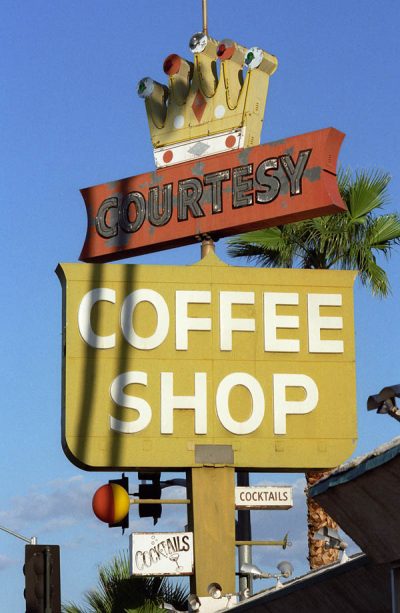
I have ping-ponged between different brewing methods for decades. French press? I had a brief fling back in the 90s, but it wasn’t for me. I don’t use a Chemex for personal reasons, as it reminds me of my ex in-laws and because it’s a lot of work and they are prone to disaster. I have used many drip machines and used to be a Braun loyalist, but Braun let me down. In fact, all of the drip machines – some expensive – let me down over the years. They were either too complex and broke easily or they produced unacceptably weak coffee. I even tried a Bunn machine. No dice. Over the years, I have experimented with every drip coffee maker known to humankind, but I always return to perk.
When I was at a cheap AirBnB in Florida two years ago, they had a Mister Coffee drip machine. It was so cheap that it had just one switch on it – “On/Off.” The patented “shower head” inside was so inefficient that I had to stir the coffee while it was dripping. I had always turned my nose up in disdain at Mister Coffee, mainly due to the company’s name and the advertising from the ’70s. Yes, I have made some poor life decisions based on television bias. Don’t get me wrong – I love and respect that crotchety old Yankee Clipper, Mr. DiMaggio, but in no way was I going to buy that piece of crap named “Mister Coffee.”
To my shock, though, that machine produced great coffee. When I got home, I found that they sold for $23 new, so I bought one and have been happily using it ever since. It had some flaws, mainly that the warming surface was raw steel and it rusted up permanently and immediately. I also was not thrilled with the shower head mechanism.
Not long ago, I took the bold step of looking through hundreds of incoherent coffee maker user reviews on Amazon. I am brand loyal and looked only at Mister Coffee machines. I settled on a pricier one – fifty-five bucks – whose shower head was embedded in the lid and seemed more efficient than the cheaper one. It was a gigantic gamble and it looked touch-and-go, the chances I would ever see it, until a sweating FedEx guy rang my buzzer one night at 10PM. Yes, 10PM. I made a cup the next morning and I’m happy to report that it was fantastic.
Okay, I’m going to stop now and get myself some coffee.
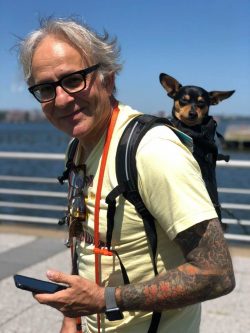
For More Photos, Click Here to Visit Paul’s Website: motelsign.com
To comment, scroll to the bottom of the page.
Zephyr Policy: REAL NAMES ONLY on Comments!
Don’t forget the Zephyr ads! All links are hot!
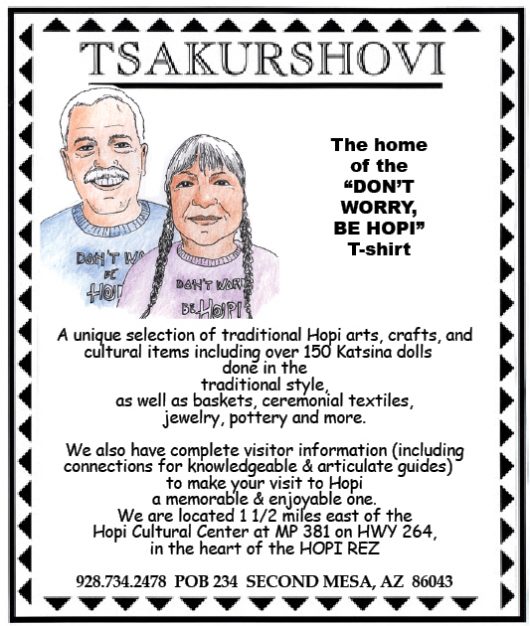


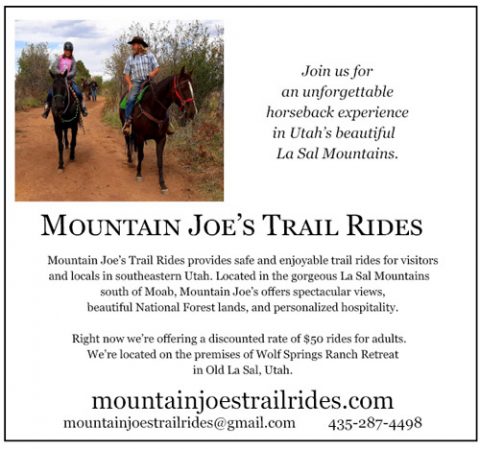
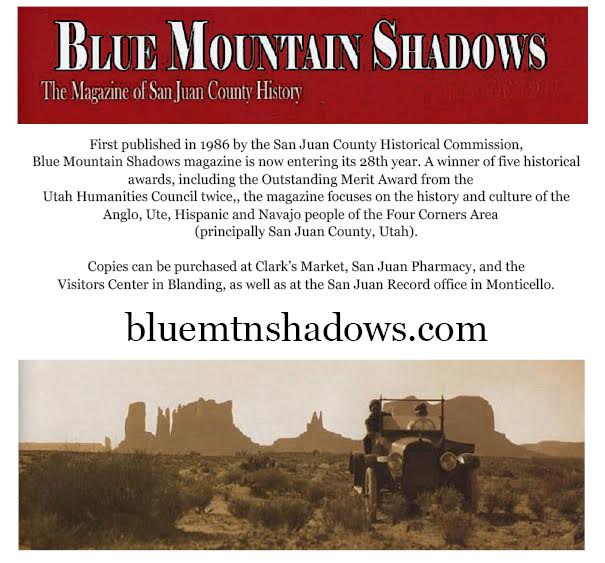

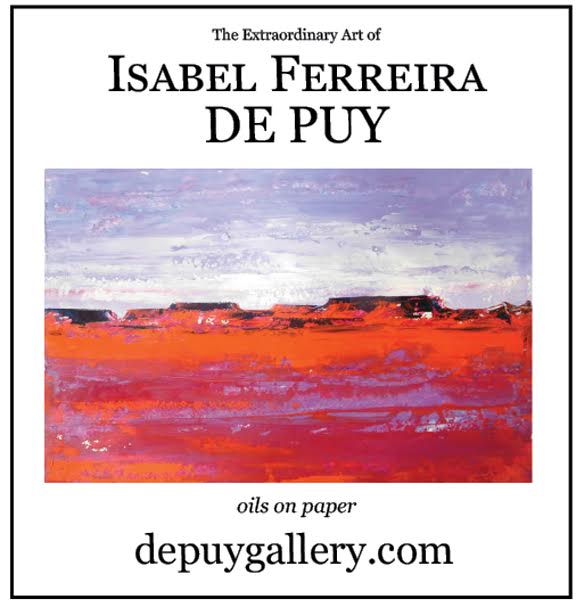
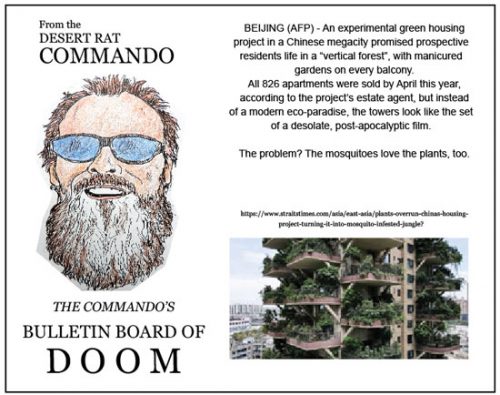
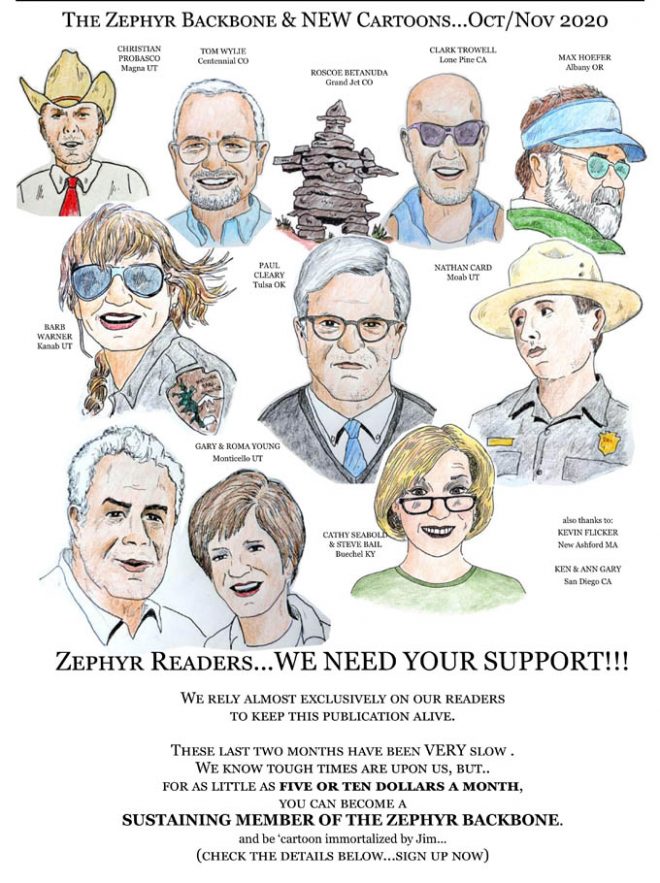
Coffee…good! So few hours in the day, so many ways to drink it. Great article!
Loved it Paul! Saved by the clipper.
Loved it Paul! Saved by Joe D.